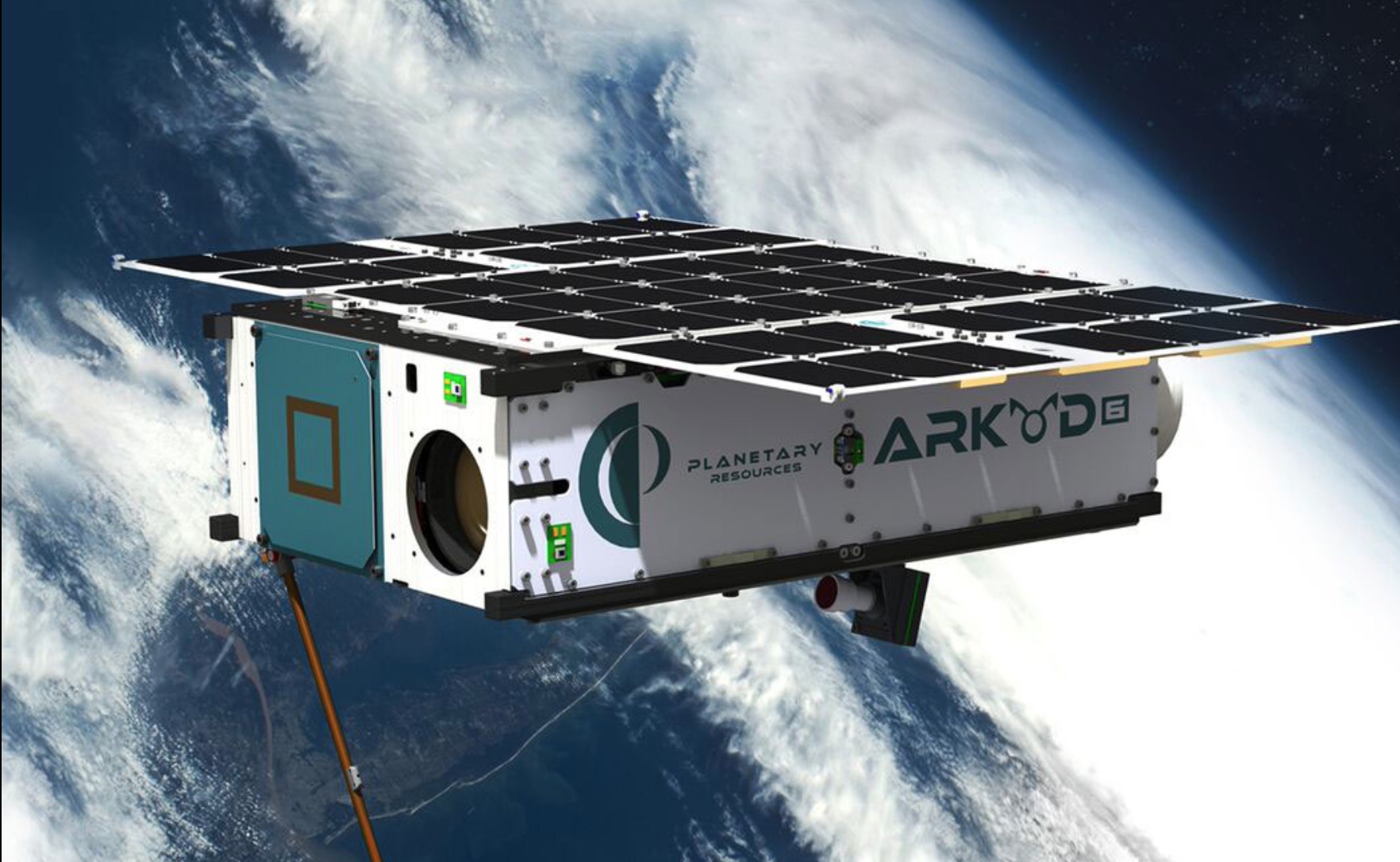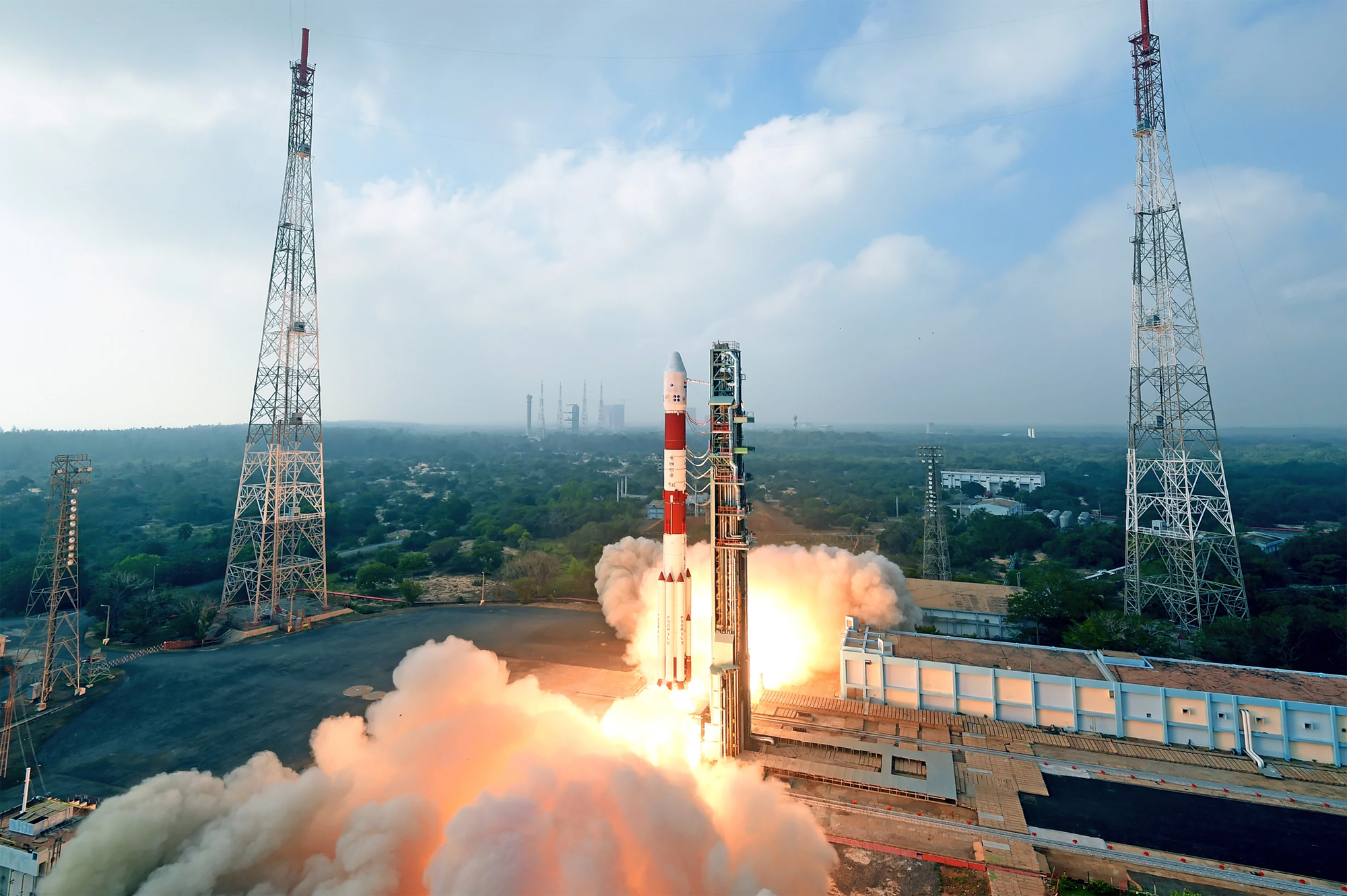Planetary Resources' Asteroid-Mining Goals Move Closer with Satellite Launch
Planetary Resources just took another big step toward its asteroid-mining goal.
The company's Arkyd-6 satellite rode to space last night (Jan. 11) atop an Indian Polar Satellite Launch Vehicle (PSLV). If all goes according to plan, the cereal-box-size Arkyd-6 will set up shop in a sun-synchronous polar orbit, where it will prove out technology needed for Planetary Resources' next spacecraft, an asteroid prospector known as Arkyd-301.
"One of the things that we are most excited about is our onboard midwave infrared imager, which will not only be able to produce interesting images of our planet but also generate valuable scientific data," Arkyd-6 Project Lead Eric Blood wrote in a blog post last month. [Gallery: Planetary Resources' Asteroid-Mining Plans]
"We are maturing this remote-sensing capability for use on the Arkyd-301 platform with a more advanced scientific imager that will enable the collection of calibrated spectral data for use in detecting water signatures on other planetary bodies," he added.

Off-Earth water is the key resource needed to spur exploration of the solar system on a grand scale, Planetary Resources representatives have said. That's because water can be split into its constituent atoms, hydrogen and oxygen — which are also the chief components of rocket fuel. Asteroid mining (and moon mining) could therefore lead to the establishment of in-space propellant depots, which would allow voyaging spacecraft to top up their tanks on the go, advocates have said.
Planetary Resources aims to launch multiple Arkyd-301 spacecraft atop a single rocket in 2020. Each spacecraft will visit a different asteroid, measuring the object's water content from afar and with the aid of piggyback miniprobes, which will deploy from the mothership and burrow into the space rock's surface for up-close looks.

The most-promising asteroids will then be targeted by bona fide mining craft in follow-on missions.
Get the Space.com Newsletter
Breaking space news, the latest updates on rocket launches, skywatching events and more!
Previously, Washington state-based Planetary Resources successfully lofted one other satellite: Arkyd-3R, which was even smaller than Arkyd-6. Arkyd-3R launched to the International Space Station aboard SpaceX's Dragon capsule in April 2015, then was deployed into Earth orbit on a technology-demonstration mission in July of that year. (The "R" in the name stood for "reflight"; the original Arkyd-3 was lost when Orbital ATK's Antares rocket exploded shortly after liftoff in October 2014.)
Arkyd-6 was one of several dozen secondary payloads on last night's PSLV launch. The primary payload was the Indian Earth-observation satellite Cartosat 2ER.
Follow Mike Wall on Twitter @michaeldwall and Google+. Follow us @Spacedotcom, Facebook or Google+. Originally published on Space.com.
Join our Space Forums to keep talking space on the latest missions, night sky and more! And if you have a news tip, correction or comment, let us know at: community@space.com.

Michael Wall is a Senior Space Writer with Space.com and joined the team in 2010. He primarily covers exoplanets, spaceflight and military space, but has been known to dabble in the space art beat. His book about the search for alien life, "Out There," was published on Nov. 13, 2018. Before becoming a science writer, Michael worked as a herpetologist and wildlife biologist. He has a Ph.D. in evolutionary biology from the University of Sydney, Australia, a bachelor's degree from the University of Arizona, and a graduate certificate in science writing from the University of California, Santa Cruz. To find out what his latest project is, you can follow Michael on Twitter.









